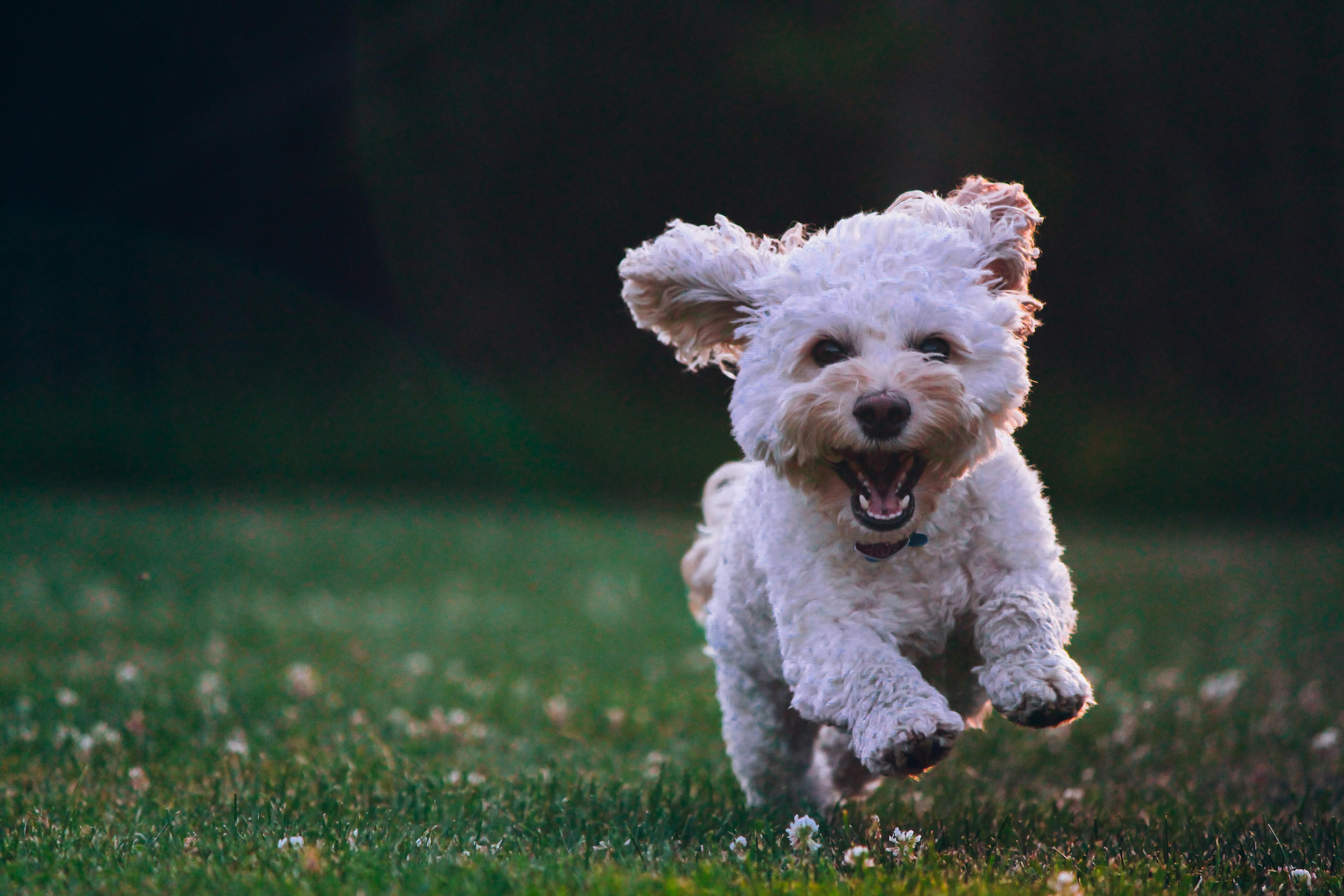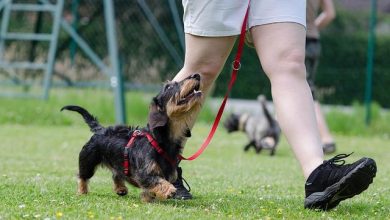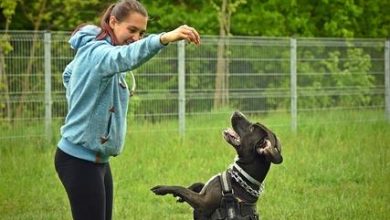How to Reward Your Dog Without Creating Bad Habits

In the delightful world of dog ownership, where wagging tails and joyous barks fill our days with happiness, finding the right balance between rewarding our furry friends and maintaining their good behavior can sometimes feel like a tightrope walk. While treats and praise are powerful tools in the dog owner’s toolkit, they can inadvertently lead to unwanted habits if not used mindfully. In this article, we explore the art of rewarding your canine companion in ways that not only strengthen your bond but also promote positive behaviors, ensuring that your beloved pet remains both happy and well-mannered. Join us as we delve into effective strategies that keep those tails wagging for all the right reasons.
Positive Reinforcement Strategies for Your Furry Friend
Understanding how to effectively reward your dog is crucial for fostering good behavior without encouraging bad habits. Positive reinforcement is a powerful tool, but it needs to be implemented wisely. Here are some strategies to ensure your furry friend learns the right lessons:
- Timing is Key: Deliver rewards immediately after your dog performs the desired behavior. This helps your pet associate the action with the positive outcome, reinforcing the behavior you want to see.
- Variety of Rewards: Don’t limit yourself to treats. Use verbal praise, petting, or playtime as alternative rewards. This keeps your dog engaged and prevents over-reliance on food-based rewards.
- Consistency is Crucial: Ensure everyone in the household is on the same page with commands and rewards. Consistent signals help your dog understand what is expected.
- Gradual Fading: As your dog becomes more reliable with certain behaviors, start to reduce the frequency of treats. Replace them with praise or a favorite toy to maintain motivation without dependency.
Incorporating these strategies will help you build a trusting relationship with your dog, encouraging them to learn and grow in a positive environment.

Balancing Treats and Praise to Encourage Good Behavior
Striking the right balance between treats and praise is essential to nurture your dog’s good behavior without fostering dependency on rewards. While treats are a tangible way to show appreciation, over-reliance can lead to expectations and potential weight issues. Instead, consider incorporating a mix of verbal praise, physical affection, and playtime as alternative rewards. For instance, when your dog sits on command, a joyful “good job” paired with a gentle pat can be just as effective as a biscuit.
Here are some strategies to maintain that balance:
- Rotate Rewards: Use a variety of rewards to keep your dog engaged. Switch between treats, toys, and verbal praise to prevent monotony.
- Consistency is Key: Be consistent with your praise. Dogs thrive on routine and clear expectations, so ensure you reward the behavior you want to see regularly.
- Gradually Reduce Treats: Over time, decrease the frequency of treats while maintaining praise. This shift encourages your dog to respond positively even when a treat isn’t guaranteed.
 Interactive Play as a Reward: Strengthening Bonds with Your Dog”>
Interactive Play as a Reward: Strengthening Bonds with Your Dog”>
Interactive Play as a Reward: Strengthening Bonds with Your Dog
Engaging your dog in interactive play can be a delightful way to reward them while simultaneously reinforcing your bond. Unlike treats that can lead to overeating or behavioral issues, playtime offers a healthy and fun alternative. Here are some creative ways to incorporate interactive play into your reward system:
- Fetch Games: Not only does fetch provide physical exercise, but it also sharpens your dog’s retrieval skills. Consider varying the game with different toys or by adding a hide-and-seek element.
- Tug-of-War: A classic favorite, tug-of-war can be a great way to build trust and teach your dog about impulse control. Just ensure to maintain friendly rules to prevent any aggressive behavior.
- Agility Courses: Setting up a simple agility course in your backyard can be a rewarding challenge. Use items like cones, tunnels, and jumps to keep your dog mentally and physically stimulated.
- Interactive Toys: Invest in toys that require problem-solving, such as puzzle feeders or treat-dispensing toys. These can provide both entertainment and mental stimulation.
Incorporating these activities into your routine not only rewards your dog but also strengthens the emotional connection between you, enhancing communication and mutual respect. Remember, the goal is to make playtime a positive, enriching experience for both of you.

Avoiding Common Pitfalls in Dog Reward Systems
When implementing a reward system for your furry friend, it’s essential to sidestep some frequent errors that can inadvertently lead to undesired behaviors. Consistency is crucial. Ensure that the rules of the reward system are applied uniformly by all family members. For instance, if you’re rewarding your dog for sitting quietly, but someone else gives treats for jumping up in excitement, your dog will receive mixed signals.
- Avoid Over-rewarding: While treats are a great motivator, overindulgence can lead to health issues or dependency on food rewards.
- Be Mindful of Timing: The timing of the reward should be immediate. Delayed rewards can confuse your dog about which behavior is being reinforced.
- Understand Your Dog’s Preferences: Not all dogs are motivated by the same rewards. Some might prefer a game of fetch over a snack, while others enjoy a belly rub.
- Don’t Reward Unwanted Behavior: It’s easy to accidentally reward behaviors you’re trying to avoid, such as giving attention when your dog barks excessively.
Future Outlook
rewarding your dog without fostering bad habits is a delicate balance that requires mindfulness, creativity, and patience. By understanding your dog’s unique needs and motivations, you can craft a reward system that strengthens your bond and encourages positive behavior. Whether it’s through verbal praise, playtime, or healthy treats, the key is consistency and timing. Remember, every interaction is an opportunity to reinforce the behaviors you want to see more of, paving the way for a harmonious and joyful relationship with your furry friend. As you embark on this rewarding journey, keep in mind that the ultimate reward is the trust and companionship you build together, creating a lifelong partnership that is as fulfilling as it is fun.



